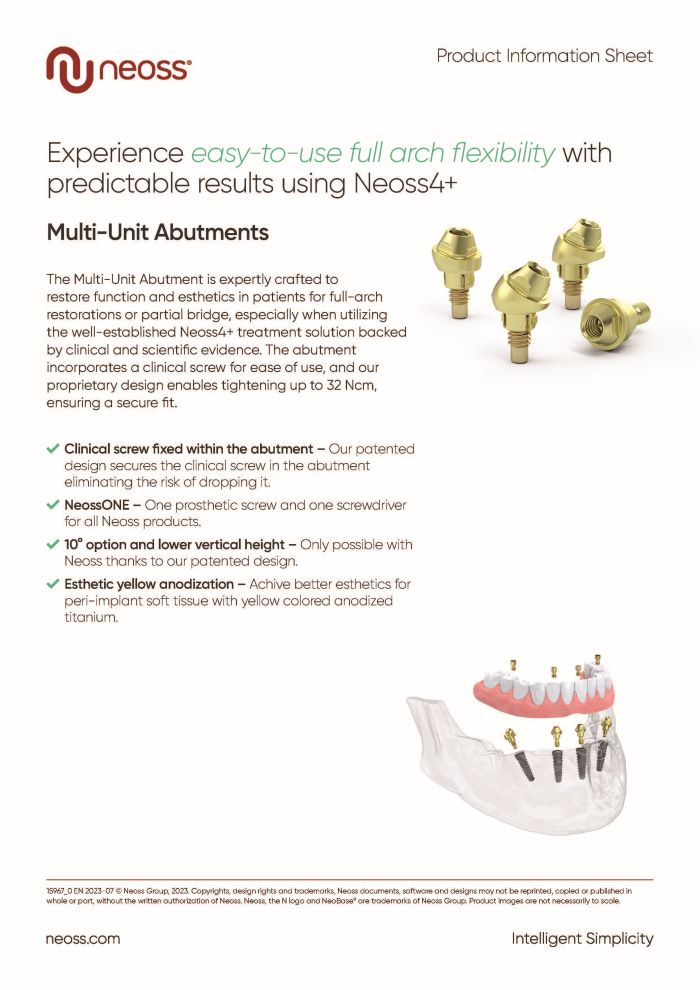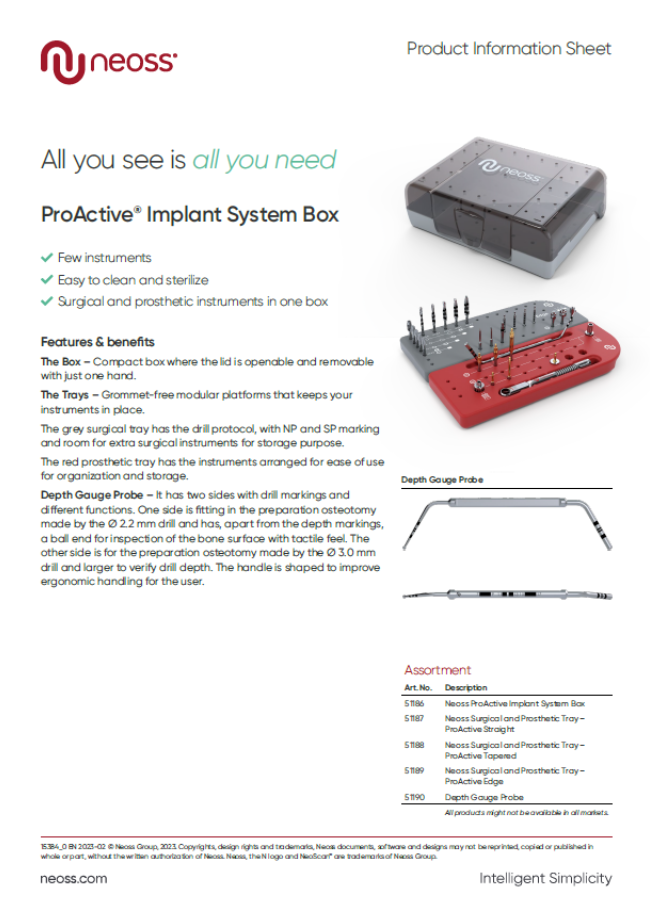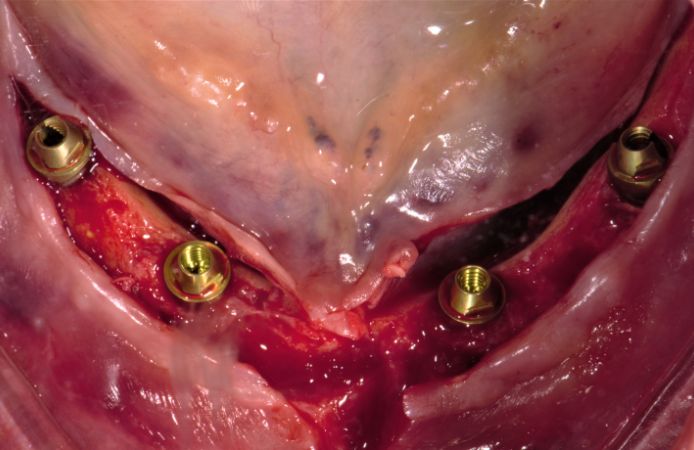
Full-arch immediate loading using Neoss4+ treatment solution
Dr. Stefano Sicuro, DDS
Advanced Implant Prosthesis Team Leader
Maglie (LE), Italy
Case facts
Patient:
Male patient in their 60s with failing teeth in both jaws in need of extraction.
Clinical problem:
Failing teeth in both jaws in need of extraction. Post-extraction and healing, severe atrophy of the upper and lower jaw with reduced bone volumes both horizontally and vertically and little adherent gingiva in the lower arch is seen.
Clinical solution:
Extraction of teeth and placement of four implants in the lower jaw for immediate full-arch rehabilitation.
Treatment plan:
- Extraction of six teeth in the lower jaw.
- Immediate placement of four implants with Multi-Unit Abutments.
- Provisional screw-retained bridge placement during the preparation of the final prosthesis.
Products:
4 Neoss ProActive Tapered implants
2 Multi-Unit Abutment 3.0 mm
2 Multi-Unit Abutment 30° 3.0 mm
4 Multi-Unit Impression coping Open tray 6 mm
4 Multi-Unit Healing Cap
Conclusion:
The patient received the screw-retained bridge in the lower jaw 48 hours after surgery. In the upper jaw the patient was rehabilitated with a removable prosthesis. Patient to comeback for final prosthesis and full-arch treatment of upper jaw at a later date.
Step by step
Step by step
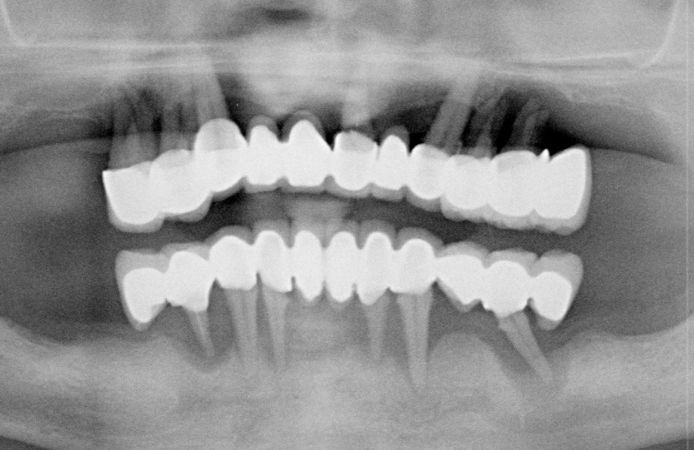
Figure 1.
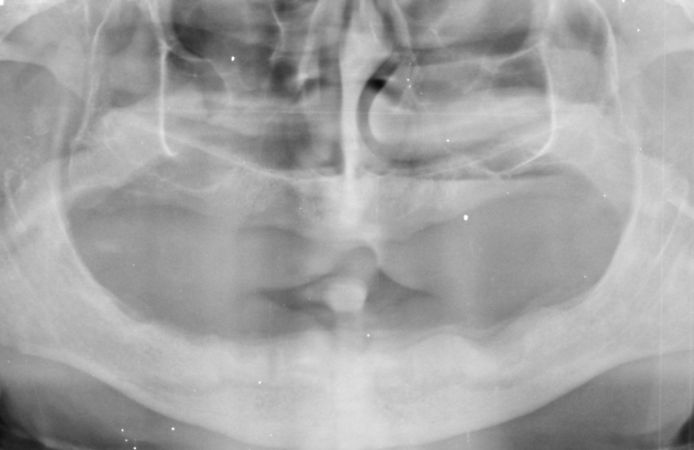
Figure 2.
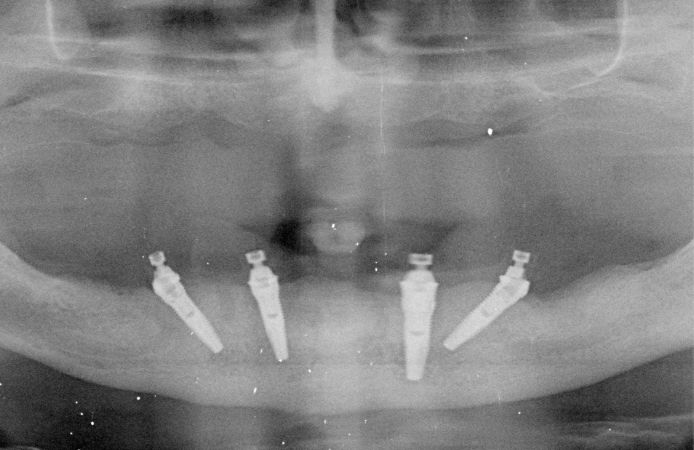
Figure 3.

Figure 4.

Figure 5.
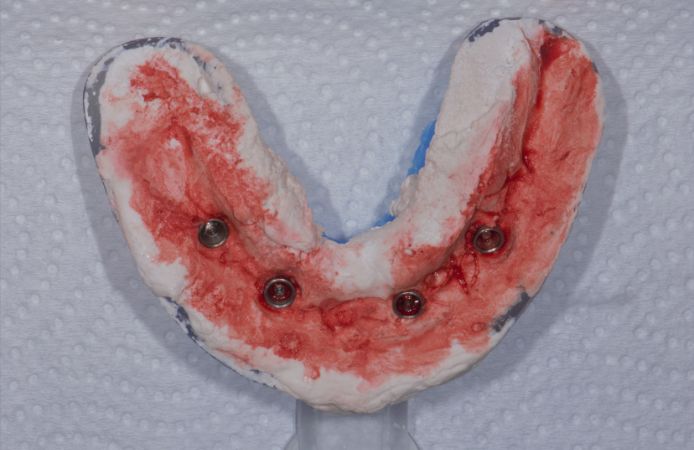
Figure 6.
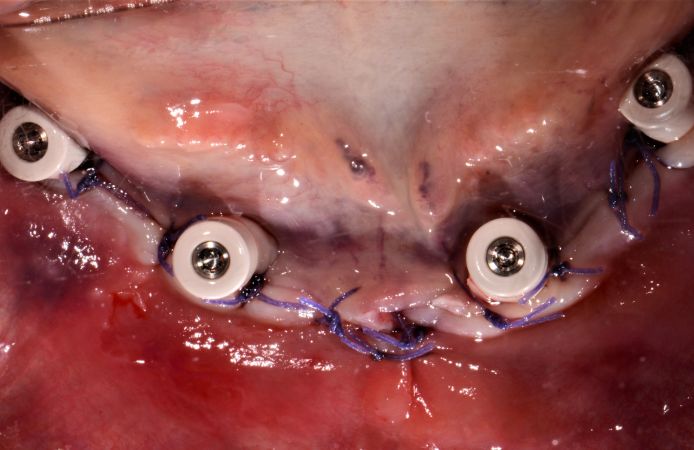
Figure 7.
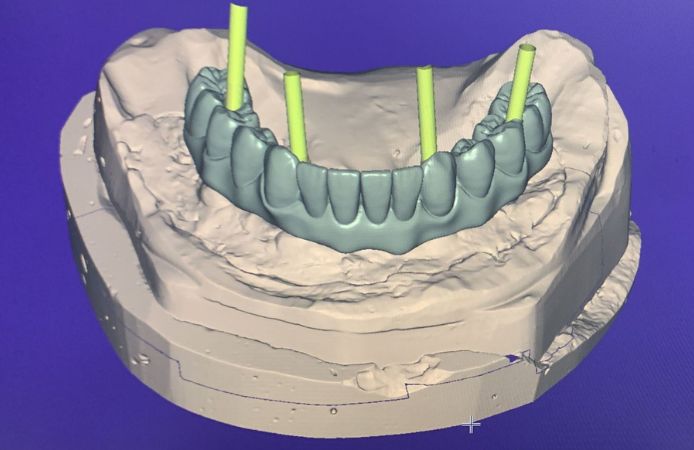
Figure 8.
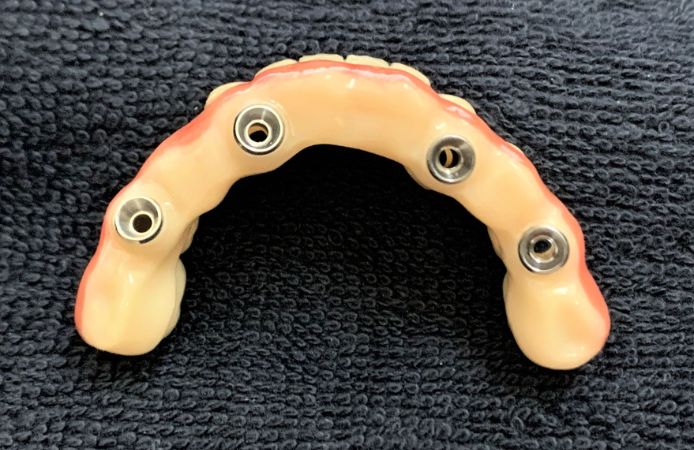
Figure 9.
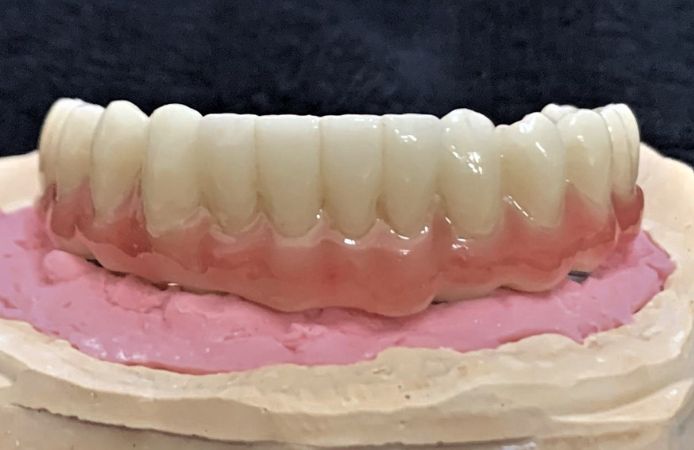
Figure 10.
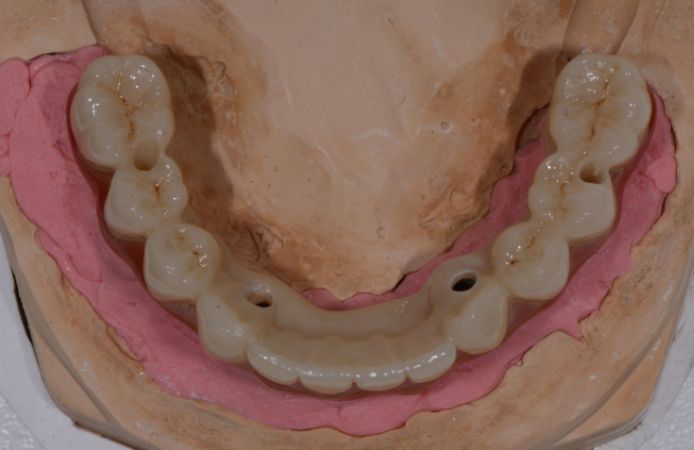
Figure 11.
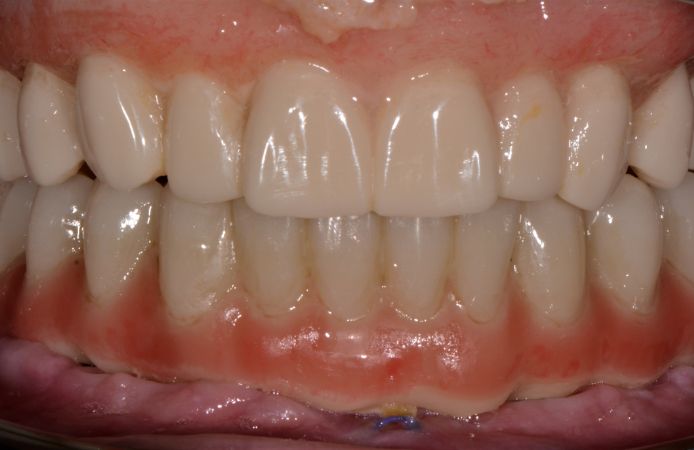
Figure 12.
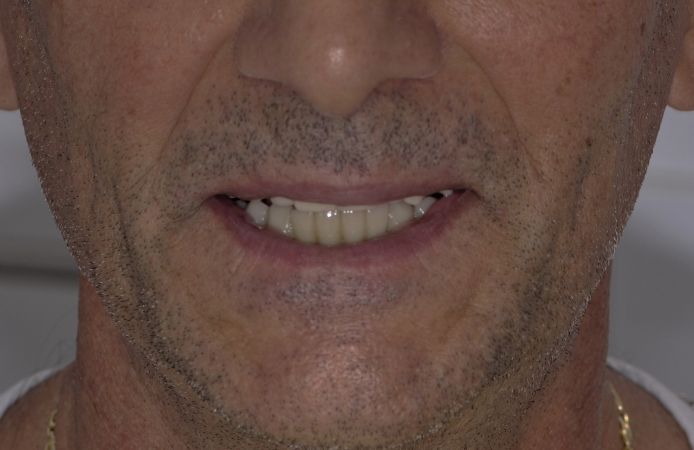
Figure 13.



.png?width=1200&name=Edge%20(1).png)
